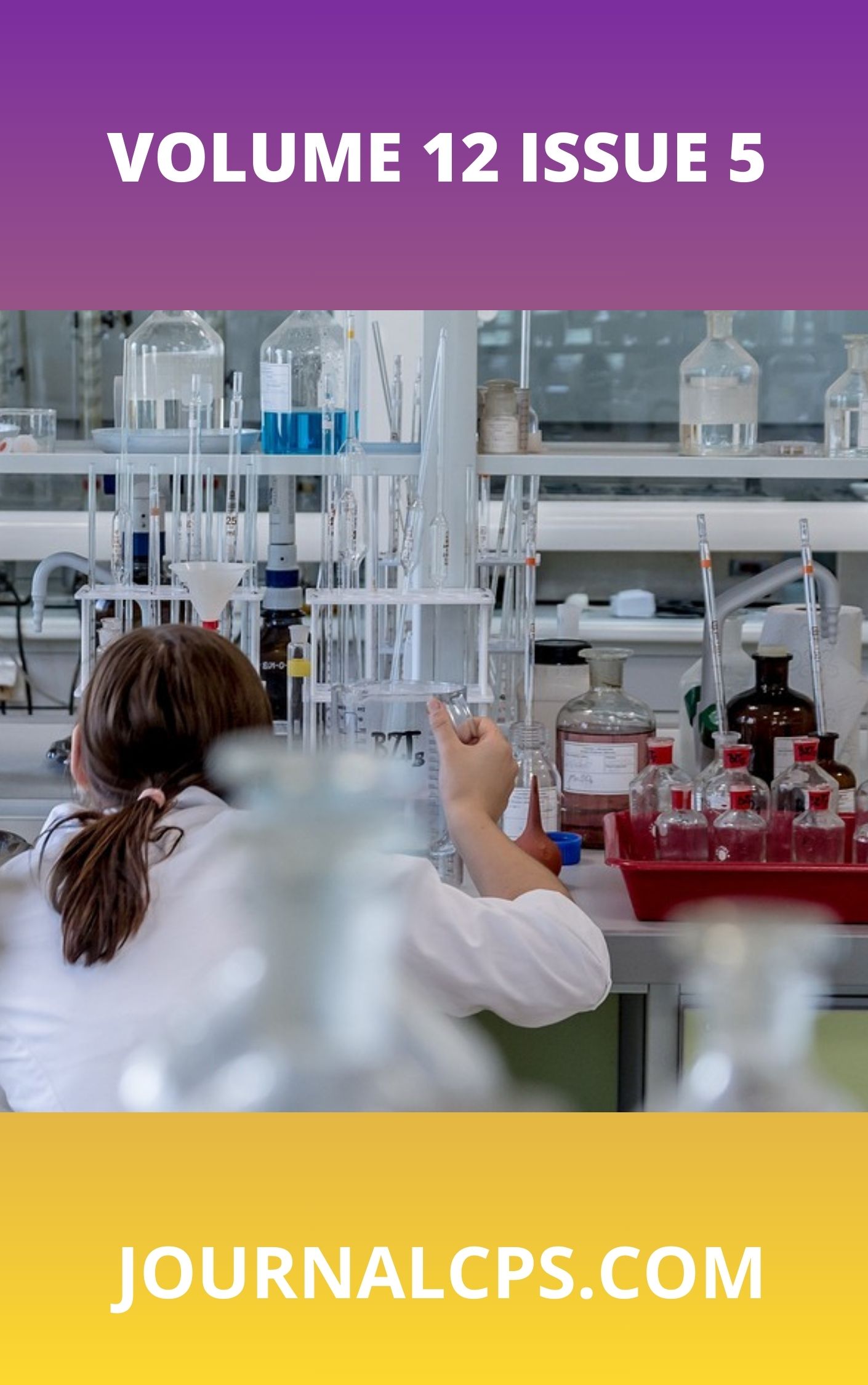Strategic Development of AI-Driven Supply Chain Resilience Frameworks for Critical U.S. Sectors
Keywords:
Artificial Intelligence, Supply Chain Resilience, Critical Infrastructure, Predictive Analytics, Disruption ManagementAbstract
The COVID-19 pandemic, in the midst of stimulated geopolitical and cyber threats, has exposed significant weaknesses in the United States' supply chains, especially when several essential sectors (such as healthcare, energy, food, and semiconductor manufacturing) are considered. Customized supply chain risk management systems is based on non dynamic assumptions, non-automated analysis, and outdated or previous-looking data. Consequently, the listed approaches have proven inadequate to compensate for complex disruptions and high-velocity. Therefore, the present study establishes and examines an AI-Driven Supply Chain Resilience Framework (AI-SCRF) designed to create anticipatory capabilities, adaptability, and autonomous decision-making in the face of large-scale shocks. The developed AI-SCRF was directed to predictive analytics, digital twins, machine learning and real-time optimization mechanisms that facilitated situational awareness and accelerate recovery. To evaluate its effectiveness, the AI-SCRF was deployed in simulated pandemic-driven shortages of PPE, a cyberattack on the national power grid, and a global transportation shutdown. Its performance was gauged on four important metrics - response time, service level, cost impact reduction, and inventory recovery time - and compared to that of traditional supply chain approaches. Paired sample t-tests quantitative analysis revealed statistically significant improvement across all measures (p < 0.01). The AI solution reduced mean response time by 45 hours (t = 12.16, p = 0.0073), increased service levels by 32.7 percentage points (t = –24.49, p = 0.0017), improved cost impact reduction by 35% (t = –42.04, p = 0.0006), and reduced inventory recovery time by 6.67 days (t = 11.71, p = 0.0077). All improvements were accompanied by very large effect sizes (Cohen's d > 6.7), and 95% confidence intervals confirmed the robustness of the improvements. The findings demonstrate the transformative potential of AI-enabled systems in constructing supply chain resilience. The AI-SCRF not only addresses the real-time visibility and agility gaps of traditional systems but also provides an extensible framework suitable for emerging threats such as AI-enabled cyberattacks and climate-driven disruptions. The research findings have national policy implications, augmenting strategic initiatives such as Executive Order 14017 and the CHIPS and Science Act, and providing a blueprint for the design, governance, and deployment of smart supply networks for critical infrastructure sectors
Most read articles by the same author(s)
- Forward Nsama, Development of Sustainable Finance Strategies for Climate-Resilient Infrastructure Investments Across U.S. States , Communication In Physical Sciences: Vol. 12 No. 6 (2025): Volume 12 ISSUE 6
Similar Articles
- Simbiat Atinuke Lawal, Samuel Omefe, Adeseun Kafayat Balogun, Comfort Michael, Sakiru Folarin Bello, Itunu Taiwo Owen, Kevin Nnaemeka Ifiora, Circular Supply Chains in the Al Era with Renewable Energy Integration and Smart Transport Networks , Communication In Physical Sciences: Vol. 7 No. 4 (2021): VOLUME 7 ISSUE 4
- Samuel Omefe, Simbiat Atinuke Lawal, Sakiru Folarin Bello, Adeseun Kafayat Balogun, Itunu Taiwo, Kevin Nnaemeka Ifiora, AI-Augmented Decision Support System for Sustainable Transportation and Supply Chain Management: A Review , Communication In Physical Sciences: Vol. 7 No. 4 (2021): VOLUME 7 ISSUE 4
- Enefiok Archibong Etuk, Omankwu, Obinnaya Chinecherem Beloved, Human-AI Collaboration: Enhancing Decision-Making in Critical Sectors , Communication In Physical Sciences: Vol. 12 No. 2 (2025): VOLUME 12 ISSUE 2
- Christianah Oluwabunmi Ayodele, Esther Oludele Olaniyi, Chukwuebuka Francis Udokporo, Applications of AI in Enhancing Environmental Healthcare Delivery Systems: A Review , Communication In Physical Sciences: Vol. 12 No. 5 (2025): Vol 12 ISSUE 5
- Abubakar Tahiru, Oluwasanmi M. Odeniran, Shardrack Amoako, Developing Artificial Intelligence-Powered Circular Bioeconomy Models That Transform Forestry Residues into High-Value Materials and Renewable Energy Solutions , Communication In Physical Sciences: Vol. 8 No. 4 (2022): VOLUME 8 ISSUE 4
- Oyakojo Emmanuel Oladipupo, Abdulahi Opejin, Jerome Nenger, Ololade Sophiat Alaran, Coastal Hazard Risk Assessment in a Changing Climate: A Review of Predictive Models and Emerging Technologies , Communication In Physical Sciences: Vol. 12 No. 6 (2025): Volume 12 ISSUE 6
- Franklin Akwasi Adjei, Artificial Intelligence and Machine Learning in Environmental Health Science: A Review of Emerging Applications , Communication In Physical Sciences: Vol. 12 No. 5 (2025): Vol 12 ISSUE 5
- Dulo Chukwemeka Wegner, A Review on the Advances in Underwater Inspection of Subsea Infrastructure: Tools, Technologies, and Applications , Communication In Physical Sciences: Vol. 12 No. 5 (2025): Vol 12 ISSUE 5
- David Adetunji Ademilua, Cloud Security in the Era of Big Data and IoT: A Review of Emerging Risks and Protective Technologies , Communication In Physical Sciences: Vol. 7 No. 4 (2021): VOLUME 7 ISSUE 4
- Michael Oladipo Akinsanya, Oluwafemi Clement Adeusi, Kazeem Bamidele Ajanaku, A Detailed Review of Contemporary Cyber/Network Security Approaches and Emerging Challenges , Communication In Physical Sciences: Vol. 8 No. 4 (2022): VOLUME 8 ISSUE 4
You may also start an advanced similarity search for this article.




